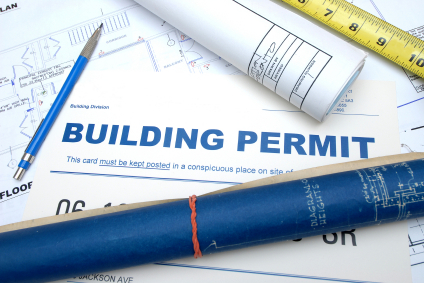Upcoming changes to the Ontario Building Code are just the first wave in energy efficiency improvements homebuilders need to know about
By Greg Labbé
Starting January 2012, the Ontario Building Code (OBC) will require all new homes constructed to reach a minimum EnerGuide for New Houses rating of 80 or better, known as EGNH80. The changes are not a huge leap forward in efficiency, but a sign that times are changing.
Some of the coming changes include:
•Higher standards for energy efficient windows and sliding doors.
•Higher insulation requirements for ceilings, walls, foundation walls, and basements.
•Limitations on thermal bridging (e.g. the loss of heat through studs).
•High-efficiency heating systems (AFUE 90 percent or higher).
•Higher standards for electrically heated houses.
So, what does this mean for custom homebuilders? For those working in Ontario, you need to get educated now to avoid the headaches that are sure to follow next year. For those of you in the rest of the country, consider Ontario a trial run for anticipated changes to national and other provincial codes.
First off, an explanation of what the EGNH80 ratings mean. Back in the 1970s, Natural Resources Canada developed an energy modelling software program, called HOT2000, for calculating the efficiency of R2000-built homes. It was a way of predicting how much energy the house in question would use based on the heating system, the shell of the house, and the quantity of air leakage. The software rates houses on an EnerGuide (EGH) scale of 0 to 100. A rating of 0 represented a home with major air leakage, no insulation, and extremely high energy consumption. A rating of 100 represented a house that is airtight, well-insulated, sufficiently ventilated, and requires no purchased energy on an annual basis.
To meet EGNH80 there can be tradeoffs. If you have too many windows – consisting of 17 percent or more of the total wall area – you’ll have to install costly high-efficiency windows. If you don’t want to install a high-end furnace or a heat-recovery ventilator (HRV), you’ll have to improve something else in the house. In fact, there are 13 acceptable options, including:
•Meeting minimum RSI values in eight different categories.
•Maximum U-values for windows, skylights, and sliding doors.
•Minimum AFUEs ranging from 90 percent to 94 percent.
•Minimum efficiency ratings for HRVs and hot water heaters.
One way or the other the sum total of the package you opt for has to equal at least 80. What’s a builder to do? You could wade through the 2006 Building Code Compendium, Volume 2, Supplementary Standard, or SB-12 for short, and make sure you have a thorough understanding the myriad acceptable options for code compliance. Or, hire a third-party evaluator who can model the house from plans using HOT2000. The evaluator will work with the designer, architect, or homeowner, and the renovator or builder to specify the efficiency of the heating and cooling systems, the wall construction type and insulation levels, and even the specifications for windows to optimize the performance of the building, minimize material costs and, ultimately, produce a home that performs at the designated rating.
Greg Labbé (B.Sc.), a certified energy advisor, is the director of consulting services for GreenSaver.
Number Cruncher
The federal government estimates that the 2009 Home Renovation Tax Credit spurred $4.3 billion in reno spending. That’s about $125 for every Canadian.

